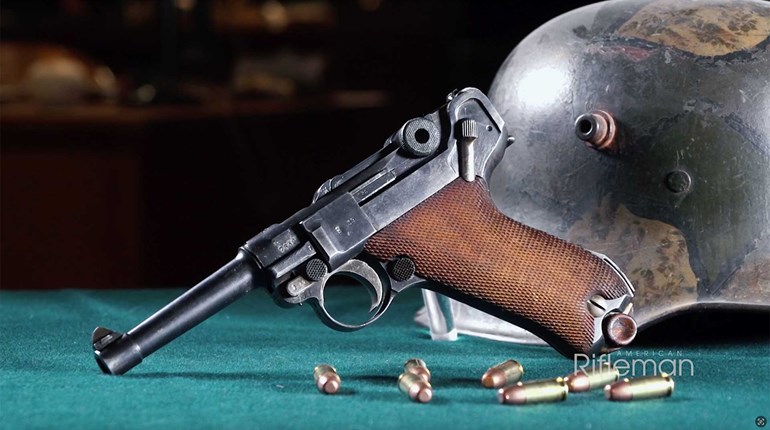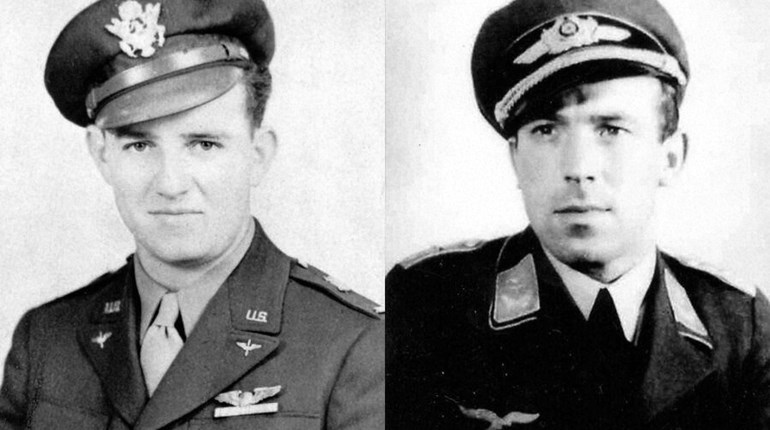
Few Americans—indeed, few anywhere—were likely to know of the Solomon Islands prior to 1942. The southwestern Pacific archipelago and British protectorate comprised six major and some 900 smaller islands. But until the Pacific phase of World War II dawned after Pearl Harbor, peaceful obscurity seemed the most probable destiny of the 15,000 mostly Melanesian inhabitants.
Japanese designs on Australia changed that. While plans included the subjugation of the British Commonwealth island nation in the long run, Japan’s leadership knew it was beyond their capacities in early 1942. The tactical victory of the Imperial Japanese Navy over opposing U.S. Naval forces in the Battle of the Coral Sea (May 4-8, 1942) was intended to secure New Guinea’s Port Moresby as an intermediate step—a blockade, and the loss of Australian staging for counterattacks that could threaten earlier Japanese conquests in Southeast Asia.
It is small wonder that American sailors renamed Sealark and Savo Sounds “Ironbottom Sound”: At least 49 vessels … lie on the bottom ...Any flush of victory in the Coral Sea evaporated a month later, however, with the loss of four fleet carriers to American carrier-based aircraft in the Battle of Midway. Port Moresby and its enticing proximity to mainland Australia (330 miles as the crow flies, and only 526 miles to a port) were now off the table—at least temporarily.
Enter Guadalcanal. The relatively modest number of Japanese who had occupied several of the Solomons in May weren’t a problem in themselves, but their project certainly was—a 2,400-foot airfield taking shape in the Lunga Point area on the north shore of the island. In such a location, land-based Japanese aircraft could very effectively interdict both supply and communication lines from the United States to all of New Zealand and Australia.
The Allies had their own reasons for wanting Guadalcanal. Chief of Naval Operations and Fleet Admiral Ernest King needed a counterweight to the rapidly growing Japanese base at Rabaul, and—particularly with a military-capable airfield—it was also well situated for planned Allied operations to retake the Philippines.
On Aug. 7, 11,000 Marines landed on Guadalcanal, and nearby Florida (now called Nggela) and Tulagi, and threw the Japanese off their literally just-completed airfield.“The only place on Earth where you could stand up to your knees in mud and still get dust in your eyes.” — Major General Marion Carl, USMC
The Japanese were surprised by the move in the Solomons. They knew from the volume of radio intercepts that a large-scale operation was underway, but believed it was to reinforce Port Moresby or simply larger-than-normal resupply to Australia or New Zealand. Immediate air attacks were launched against the landings from Rabaul, and thus began a costly seesaw that would last until early February 1943.
Victories would pepper the naval operations of both sides. The Battle of Savo Island was fought on the night of Aug. 9, with a joint British/Australian/New Zealand/American taskforce surprised and thoroughly routed by Imperial Japanese Navy (IJN) forces. The eventual cost was four cruisers sent to the bottom, and proved but the first of seven major engagements (two carrier duels and four more large-scale nighttime naval gun battles). Though most were tactical draws, the IJN was losing ships and sailors it could ill-afford: Their dwindling troop strength and long supply lines favored the Americans. (It is small wonder that American sailors renamed Sealark and Savo Sounds “Ironbottom Sound”: At least 49 vessels, including nine battle-cruisers and cruisers, 22 destroyers, and two submarines lie on the bottom or wrecked and aground even today.)
The arguable draw that the IJN achieved in “The Slot” did not extend to the troops on Guadalcanal, nor to the skies above the island. Not only was the initial landing considerably larger than the Japanese believed, but also better supplied. “Better,” however, was a relative term. Only the initial landing was easy, as nearly constant fighting in back-and-forth engagements meant that supplies were consumed at astonishing rates. Normally supplied with 60 to 90 days of provisions, the landing took ashore only 10 days’ worth and seemingly never caught up. Quickly renamed as the surrounding waters had been, “Operation Watchtower” became “Operation Shoestring.”
Ever-growing hunger stalked the Japanese lines especially, and coconuts did not stay the ghastly toll of nearly 12,000 to non-battle losses.The Japanese had the “Tokyo Express,” wherein fast warships would run down The Slot at night from the northwest, turn sharply, and dump roped-together drums of supplies into the ocean. A swimmer or small vessel would retrieve a marked and buoyed end, and the supplies subsequently hauled ashore. Barges were also used, but their slow speed left them vulnerable to air attack unless they were landed under cover of darkness. Even when supplies came ashore, difficult jungle terrain made their distribution challenging to beleaguered and increasingly malnourished Japanese troops.
With essential control of the air and the newly renamed Henderson Field at their disposal, U.S. troops fared somewhat better. While the facilities at Henderson were crude by any standard—double Navy Cross winner, triple ace and eventual USMC Major Gen. Marion Carl described it as “the only place on Earth where you could stand up to your knees in mud and still get dust in your eyes”—it was close, meaning American ground and naval forces could rely on some measure of air superiority. Marine aviators of the outnumbered “Cactus Air Force” would nevertheless destroy 268 Japanese aircraft in a heated two-month stretch from September to November (total destroyed from August to February is unknown), and earn six Medals of Honor (one of them going to then-Captain Joe Foss, future president of the NRA). Despite repeated ground attacks to retake the field, and intermittent naval shelling—IJN battleship Kongo and Haruna dropped 973 14-inch, nearly 1,500-pound shells on Henderson in one 82-minute period on Oct. 14, destroying 48 of 90 aircraft and killing 41 men—Henderson was rarely out of action for anything but weather.
The worst slog of all was likely for Marine, and later Army, infantry. In nearly six months of jungle fighting at extremely close quarters (and often hand-to-hand), nearly 16,000 (7,100 U.S. and 8,500 Japanese) on both sides would die in combat (nearly 30,000 died in total). Difficult terrain limited the effectiveness of both artillery and armor, leaving exhausted, often sick infantrymen trading rifle and machine-gun fire over gruesomely familiar stretches of splintered jungle. Three major land battles were interspersed with dozens of smaller engagements, while dysentery, malaria, and under- or malnourishment ground down both sides. Ever-growing hunger stalked the Japanese lines especially, and coconuts did not stay the ghastly toll of nearly 12,000 to non-battle losses.
By December 1942, the outcome was no longer in doubt. In one of the largest and most sustained combined arms actions of World War II, two evenly matched enemies had brought—and lost—many of their best to the faraway Solomons. For the United States, the long, fearful shadow of Pearl Harbor was to some extent gone. For the Japanese, the easy victories of the late ’30s and early ’40s were over. Three years, a week and a day from that first Marine footfall on far off Guadalcanal would see the end of World War II.
































